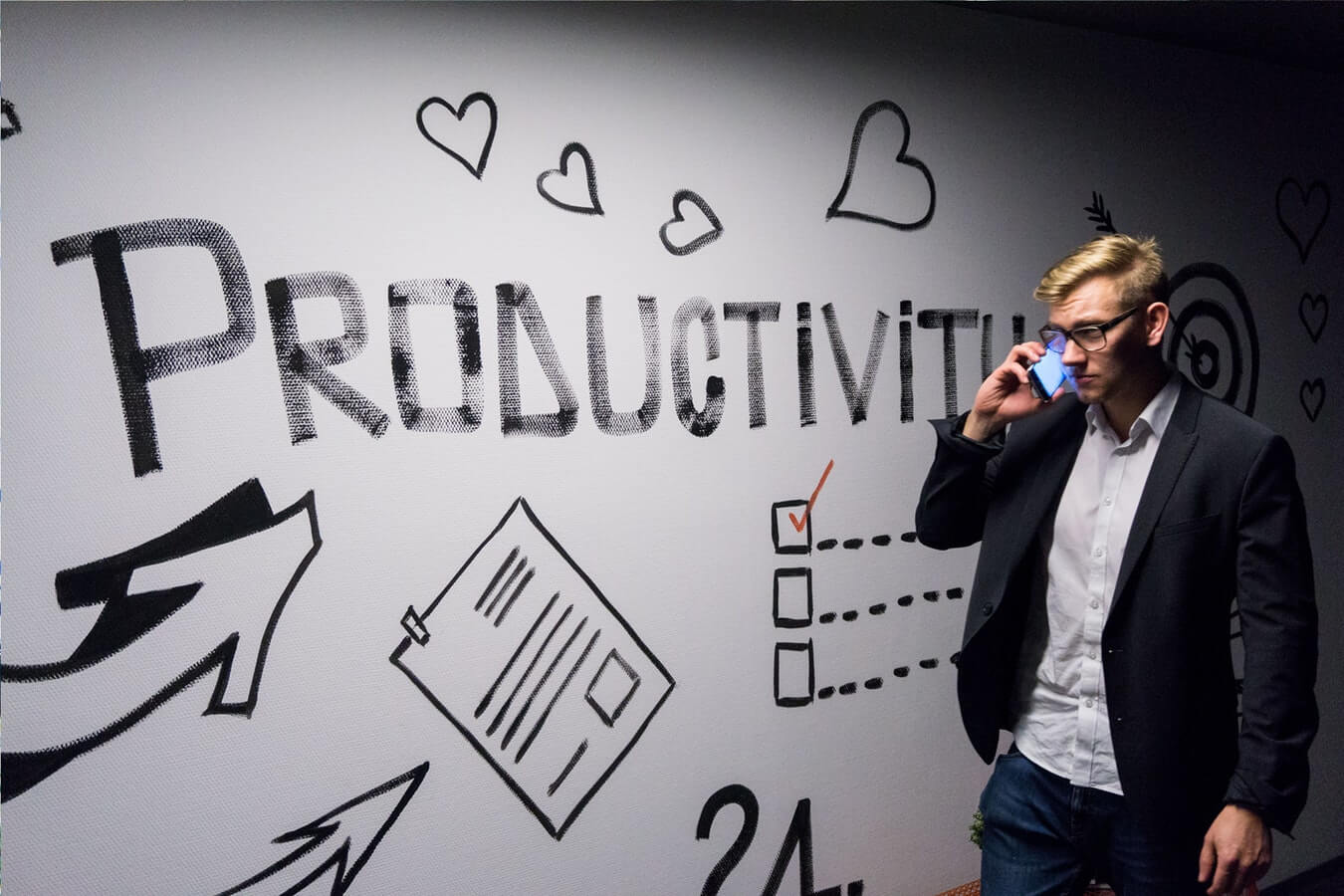Business
How I apply radical candor to build trust and improve my business
Managing people and being a leader is no easy feat. You need to be professional and personal in a way. This article teaches the use of radical candor.

If you’re like me, you probably wonder where the line is drawn between professional and personal interaction when leading your team. You walk through the office door wanting to focus on the tasks that will make your company successful, and end up feeling like a babysitter or therapist as you deal with employee issue after issue.
Employees no longer leave their life problems at the company door. That notion vanished along with vinyl records, cassette tapes, and memorizing phone numbers. So the new way to manage people is to realize employees’ problems are also your problems, especially if those issues are affecting work results. In fact, accepting that part of your work as a leader is managing interpersonal issues is the key to being a good boss.
Giving constructive feedback to employees is the hardest challenge with leading and managing. Deep down, we know we should be direct but we’re either “too nice,” “too afraid” or “too hopeful” to say what’s really on our mind. Then, at some point, it all blows up and we realize, we should have just “ripped off the band-aid.”
This is why I was happy to come across the book “Radical Candor” by Kim Scott in 2017. Her book was one of the top business books I read last year. Scott’s book changed my approach to engaging with my employees.
If you haven’t heard of Scott, she is a Silicon Valley veteran whose resume includes companies like Adsense, YouTube, and Google, and also a stint as a faculty member of Apple University. While working as a leader in various tech companies, she developed her philosophy of how to be a “kick-ass” boss, which involves the use of radical candor.
What is radical candor?
In her book, Scott explains the philosophy of “radical candor” is composed of two ways of interacting with employees: caring personally and challenging directly.
Caring personally is more than just “being professional.” According to Scott, caring is about giving a damn about what happens to people. Work isn’t “just business.” It’s personal. In fact, according to Scott, the way we interact with people at work is very, deeply personal.
The second part of her radical candor philosophy is to challenge directly. Challenging is about telling people when their work isn’t good enough — and also when it is.

Radical candor is bifold. It entails caring personally and challenging directly. (Source)
How I apply Scott’s philosophy
Caring personally, according to Scott, is not about “memorizing birthdays,” though wishing someone happy birthday never hurts. It’s about finding time to have real conversations.
At BigSpeak, I adopt Scott’s advice by first being sure there are trusted relationships with my direct-reports. I do know their kids’ names and what their dog looks like (because we’re dog-friendly and allow dogs in the office), but I’m also engaged and connected to who each of them is as a human. I ask how they feel. When my partner is looking stressed, I take her aside to see what’s going on and how I can help. I’m always checking in. This is essential to fine-tuning employee culture.
Having trusting relationships also helps me when challenging people directly (and allowing them to challenge you back), which is a way to develop trust among your team. For Scott, it’s about caring enough about your team to point out what’s going well and what’s not going well, and it’s also about admitting mistakes and making commitments to fix them.
For me, challenging directly is an organic process developed from building trusting relationships. Having trust and connection allows me to be direct with feedback. I usually manage to be graceful in my directness and this helps a lot. But it’s not just the way I ask, it’s also about creating a space where people safe to offer ideas.
For example, I may ask about the marketing for one of our clients: what’s working, what’s not, and how can it be improved. The meeting becomes more about solving the problem, rather than apportioning blame. When employees realize that challenging directly is about learning how to improve, they lose their fear of feedback, offer more ideas, and give more candid critiques. Through this learning process, we’ve managed to significantly increase our business and have been featured in the Inc. 5000 fastest growing businesses three years in a row.
It’s worth your time and $20 to get Scott’s book. It has revolutionized employee feedback at many companies and also made a huge impact at our company. Try it. If you don’t agree, send me an email and give me some Radical Candor. But first be sure to develop a rapport with me, and in return, and I’ll send you a Starbucks card.
—
DISCLAIMER: This article expresses my own ideas and opinions. Any information I have shared are from sources that I believe to be reliable and accurate. I did not receive any financial compensation in writing this post, nor do I own any shares in any company I’ve mentioned. I encourage any reader to do their own diligent research first before making any investment decisions.

-

 Crowdfunding1 week ago
Crowdfunding1 week agoPMG Empowers Italian SMEs with Performance Marketing and Investor-Friendly Crowdfunding
-

 Markets5 days ago
Markets5 days agoMarkets Wobble After Highs as Tariffs Rise and Commodities Soar
-

 Markets2 weeks ago
Markets2 weeks agoThe Big Beautiful Bill: Market Highs Mask Debt and Divergence
-

 Africa2 days ago
Africa2 days agoORA Technologies Secures $7.5M from Local Investors, Boosting Morocco’s Tech Independence


























You must be logged in to post a comment Login